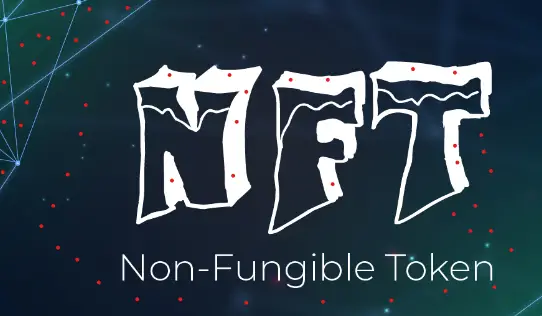What Are Fractional NFTs (F-NFTs) and How Do They Work? Best way to Explain
Fractional NFTs (F-NFTs) are, you probably guessed it, shares of a single NFT.
investor split up the original NFT (remember non-fungible means it is not equal to any other token) into several fungible tokens (ERC-20 tokens) that represent a claim on the original NFT. It is basically the digital equivalent of receiving an IOU,but let dive in for better understanding of all investors.

With NFTs, the fractionalization process happens with the help of smart contracts. investors can later exchange the fractional tokens (the digital IOUs) for cash on a marketplace world wild.
Can an NFT be Divisible?
Technically an NFT is non-divisible since it is non-fungible. Just like you cannot divide the Mona Lisa into two (though technically…), you cannot divide a Bored Ape NFT into two. Only that you can, but that is where fractionalized NFTs come in.
In essence, the non-fungible token cannot be split into smaller pieces, but fractionalized NFTs are a workaround where you get the fungible token as a claim on a share of the original NFT.
There was also a proposal for a token standard, called ERC-864, for the Ethereum blockchain, which would have made divisible non-fungible tokens possible. However, it seems it never went anywhere. So fractionalized NFTs are the only way to divide NFT assets, so far.
How Do Fractional NFTs Owners Benefit?
Money.
The entire point of owning NFT avatars is being digital and unique. However, only a few chosen NFT collections ever make it to the NFT hall of fame, where they are considered “blue chips” and genuine investment opportunities.
Fractionalization allows you to buy a piece of the “hall of famers.”
Because when the market tanks, the most valuable NFTs lose less value than the trash ones . And when it pumps, your fractional shares still go up.
Besides individual benefits, there are some other upsides to the whole process:
Democratization
only one investor can own a real-world painting (for now), but many people can own a fractionalized digital art piece. Say about NFTs what you want, but they do make investing more democratic.
Increased Liquidity
The more units of a good exist, and the higher the demand for it, the more liquid it is. For example:
- Mona Lisa: High demand since many people would like to buy it. Only one unit exists. The market is highly illiquid (in reality, there is no market).
- Dollars: High demand since many people want dollars. Many units exist. Highly liquid market, easy to trade dollars.
- Whole NFTs: Variable demand, depending on the NFT in question. Only one unit exists. Illiquid market, hard to trade.
- Fractional NFTs: Variable demand, depending on the NFT in question. Many units exist. More liquid market, easier to trade.
Price Discovery
Picking up on the previous example, you can see how fractionalization allows price discovery. We will drop dollars for this point:
- Mona Lisa: Price discovery is impossible since the owner will never sell.
- Whole NFTs: Price discovery is possible but more difficult and depends on the market depth and how many comparable NFTs are on the market. Few NFTs listed make price discovery harder.
- Fractional NFTs: Price discovery is easy since more units are traded and more people can participate at a lower price point.